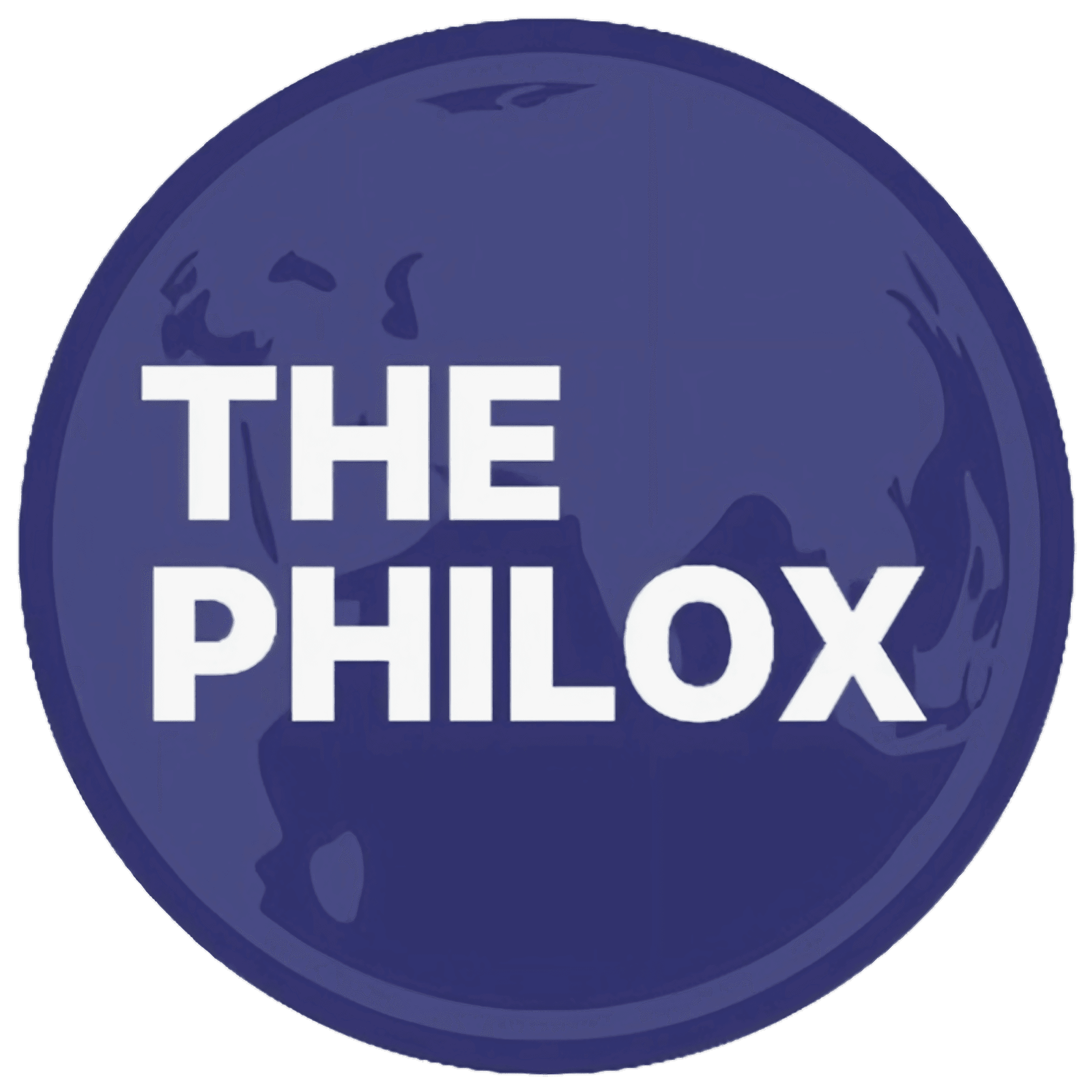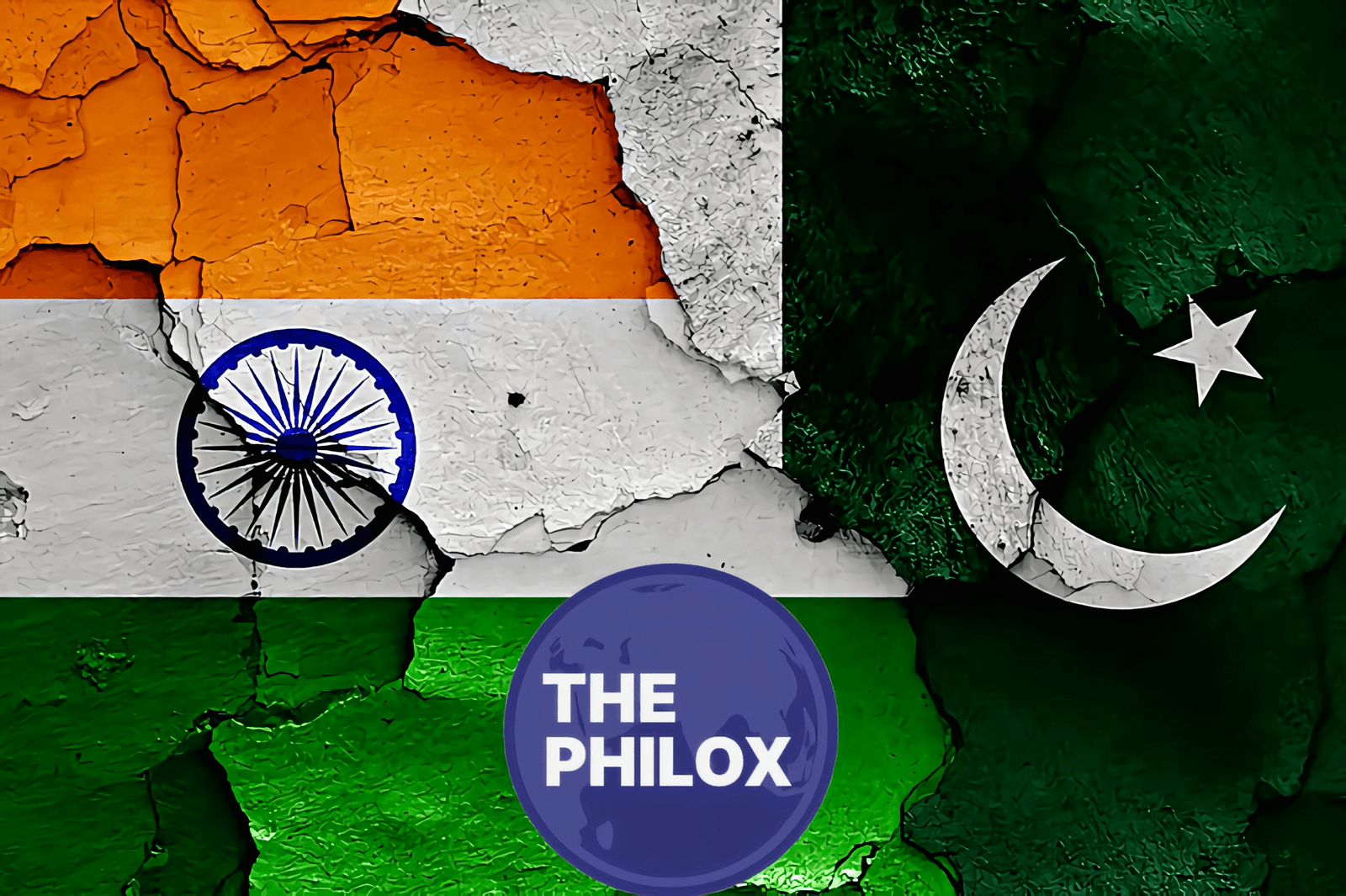Air pollution in Delhi is reaching levels that could be termed dangerous, at least for a few days after Diwali. The current scenario, encompassing worsening air and health-related concerns, has precipitated an unprecedented rush of people leaving the city. A recent survey conducted by The Philox reveals that nearly 45% of Delhi residents plan to travel to their hometowns or villages within a week after Diwali due to the escalating pollution levels. This situation has affected the respiratory illness patients, asthma, and other lung-related conditions particularly, and many have already evacuated the city to protect their health.
Health Crisis in Delhi Post-Diwali
Often and often the air quality of New Delhi has reached hazardous categories throughout and even after Diwali with the combined result of firecracker, vehicle pollution, and agro burning in neighboring states. A survey conducted through The Philox revealed 30 percent of the responders claimed they had respiratory illness during and after Diwali with a considerable response showing more coughing up and sore throat and pain while breathing. This trend is worrying to the vulnerable population of the city, especially the elderly, the children, and the individuals who have had respiratory diseases in the past.
Major hospitals in Delhi also report the same scenario that nearly 25% of respiratory-related admissions have increased as compared to the same period last year. According to Dr. Mehta, pulmonologist at leading South Delhi hospital, “The air quality has caused the resurgence of patients with asthma and bronchitis more than ever. It is the first time we are witnessing cases in people who never had a problem.”.
The Philox survey shows that asthma patients were one of the first ones to leave the city and reported that 15% of asthma patients had departed within a week of Diwali. This early exodus underlines the vulnerability of such persons and their pressing need to find a way out from the detrimental effects of poor air quality.
People with pre-existing lung conditions, such as COPD, also comprise part of the early waves. The Philox survey further indicates that 40 percent of those who said that they could not continue their life in the city without any form of alleviation to the pollution because air purifiers and masks. Here are some major findings by The Philox survey.
Our survey gives a panoramic view of the major reasons and motivations for this exodus, revealing alarming trends and valuable insights:
High Travel Intentions: A staggering 45% of Delhi residents said they planned to travel out of the city in the week following Diwali, seeking to escape the heavy smog and pollution. Of these, 20% cited health concerns as the main reason for their travel.
More Respiratory Problems: Over 30% of respondents reported acute respiratory symptoms in the first 24 hours of Diwali festivities, pointing to a health crisis brought about by environmental factors.
Changing Demographics: A large number of respondents mentioned that their migration may not be a temporary phenomenon; nearly 12% responded that they are planning to relocate permanently because of the consistent air pollution crisis every winter.
The Domino Effect on Public Health and Economy
The exodus is directly influencing the public health infrastructure and economy. Hospitals are facing scarcity of resources to treat the cases arising from pollution. According to the Philox, 60% of the hospitals in Delhi reported strain in capacity with increased cases of patients suffering from respiratory illnesses, straining medical staff.
This also impacts the local economy. The many people leaving means a reduced demand for goods and services, which then ripples down to the city’s economy. Restaurants, retail stores, and public transportation systems have seen a downturn in patronage as more individuals opt to work from home or stay out of town until things get better.
Environmental Experts Weigh In
Environmental scientists voice concerns due to the recurring pollution crisis in Delhi, impacting human health. Centre for Air Quality Research scientist Dr. Sharma said: “Delhi’s geography coupled with external pollution sources forms a lethal combination every winter. Short-term remedies such as air purifiers can’t reduce the level of severe health risks for especially vulnerable groups.” In the Philox survey, over 70% of the Delhi residents said efforts at controlling pollution in the city are woefully inadequate and long-term solutions were required to abate the air quality crisis in the city.
Government and Civic Response
Among the measures taken by the government against the increasing level of pollution, there are a ban on firecrackers, restriction of vehicles, and encouragement for alternative stubble disposal in neighboring agricultural states. However, these measures have not really worked because of problems and loopholes in implementation. A total 52% respondents in the Philox survey believe that the measures are ineffective, and more drastic policies such as strict emission standards and greater incentives to adopt green technology are needed.
In response to public outcry, the Delhi government is proposing additional measures, such as possible travel advisories for respiratory patients and subsidized healthcare in cases of pollution-related illness. Subsidies for air purifiers, masks, and other protective gear are also on the agenda.
The Long Term Outlook: The Call of Sustainability
It questions the sustainability of Delhi by raising its yearly post-Diwali exodus. As the Philox survey has revealed, nearly 35% of young professionals are thinking of shifting to cities with better air quality to avoid future complications. Over time, it can result in a big shift in population demography in Delhi, meaning potential brain drain and economic pressure on the city.
The air pollution crisis in Delhi is one that calls for novel solutions to the roots of air quality degradation. More investment in green infrastructure like tree plantation drives, green public transport, and stronger industrial regulations are much in demand, according to environmental experts. Cross-state cooperation must also be established in checking crop residue burning-the most significant pollutant in this seasonal smog plaguing the city.
A Crisis That Demands Immediate Action
The exodus from Delhi post Diwali, as reflected in The Philox survey, reflects the urgent need for immediate as well as long-term solutions toward protecting the health and well-being of residents. Though some temporary respite may be found through leaving the city, the air quality crisis in Delhi merits a comprehensive and sustainable approach. Until drastic changes take place, the departure of the residents every winter could turn into an annual ritual affecting the health structure, economy, and the stability of the population of the city.
As Delhi struggles to deal with the annual problem of pollution, the pertinent question is how long the city can tolerate the escape of its people every winter before something lasting happens?




